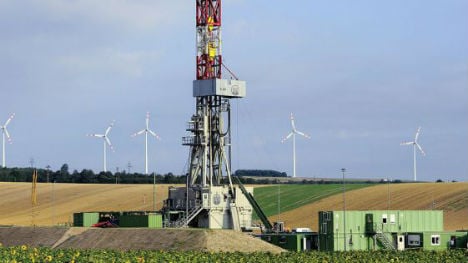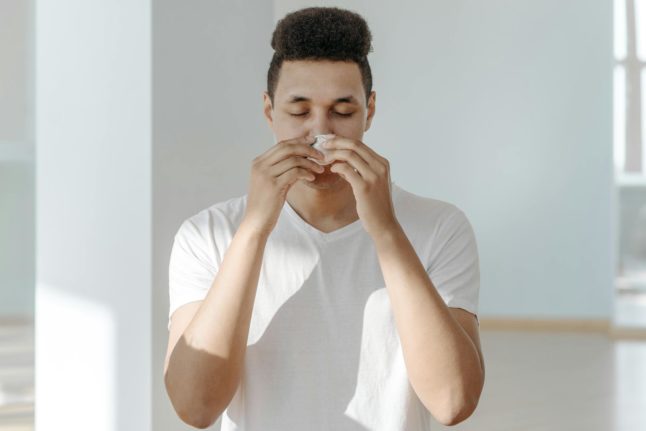Upper Austria’s Traunviertel region is rich in fossil fuel deposits, according to geologists. Currently, crude oil is processed in Kremsmünster and then transported by train to the OMV refinery in Schwechat.
RAG has said it plans to have eight drill sites in Upper Austria during 2016, with the first planned for Pfarrkirchen. RAG expects to extract between 30,000 and 50,000 tonnes of crude oil in the next ten to 30 years from the Pfarrkirchen site alone.
Geological conditions promise a 40 to 60 percent chance of finding an oil reservoir, according to RAG expert Johannes Süss.
Initial discussions with local communities and landowners have already taken place but some residents in Pfarrkirchen told the ORF state broadcaster they are worried that their quality of life will be affected by noise, dirt and possible damage to buildings from the drilling rigs.




 Please whitelist us to continue reading.
Please whitelist us to continue reading.
Member comments